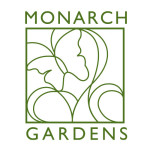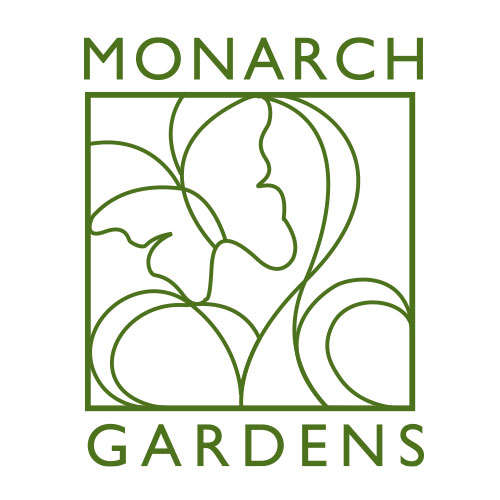In this article, we are going to define what a hurdle rate in private equity is, describe why it is important, and provide an example of how hurdle rate is used in a typical transaction. By the end, readers will be able to use this knowledge to determine if a private equity investment is a good fit for their own investment objectives. The idea is based on how much additional risk an asset has compared to a “risk-free asset”, which is generally a treasury bond. Assets with small additional risk, such as high-grade corporate bonds, would have a small risk premium. Whereas something like a proposed gold mine in a developing country would have a large risk premium due to substantial uncertainty from commodity prices, geopolitical concerns, and operational risks. Here we can see that the HR or the minimum rate required to initiate the project is 13%, whereas the expected rate of return on the investment is 12%.
Alternatively, the profit can be the increase in NAV with an adjustment for management fees. Say you determine based on your income that you need a 12% investment rate of return to meet your retirement goals. Historical models show, however, that you would have to outperform the market to achieve your goals. You decide to revise your plan and extend your retirement age to reduce the hurdle rate you need. They can also be used as part of your retirement and financial planning process. Retirement and financial planning are about setting goals and developing a plan to meet them.
As mentioned above, the qualitative aspect of the project also counts. The above statement means that a project rejected based on just numbers may be proven wrong as an investment decision relies heavily on some non-quantitative factors to conclude. These decisions are based purely on facts and numbers, but we should remember that we are also required to analyze the qualitative aspect of the projects.
- Investment decisions should be based on an evaluation of your own personal financial situation, needs, risk tolerance and investment objectives.
- The cost of capital is the blended cost to the business of obtaining funding from debt and equity.
- We are compensated in exchange for placement of sponsored products and services, or by you clicking on certain links posted on our site.
- It is unique to each transaction and the structure/fund terms are defined by the private equity firm and described in the investment’s offering documents.
- The implied equity risk premium is forward-looking instead of historical.
A hurdle rate is the minimum amount of profit or returns a hedge fund must earn before it can charge an incentive fee. Hurdle rate and high-water mark are two types of benchmarks that hedge funds can set as requirements for collecting incentive or performance fees from investors. The internal rate of return is the expected annual amount of money, expressed as a percentage, that the investment can be expected to produce for the company over and above the hurdle rate.
Tips for Investing
Furthermore, a project’s risk premium is added to the cost of capital to arrive at the hurdle rate. If a project is deemed of high risk, the required minimum rate of return will be higher, to ensure a sufficient buffer. Most companies use their weighted average cost of capital (WACC) as a hurdle rate for investments. This stems from the fact that companies can buy back their own shares as an alternative to making a new investment, and would presumably earn their WACC as the rate of return. In this way, investing in their own shares (earning their WACC) represents the opportunity cost of any alternative investment. Another way to think about this is with the weighted average cost of capital (WACC).
Our goal is to give you the best advice to help you make smart personal finance decisions. We follow strict guidelines to ensure that our editorial content is not influenced by advertisers. Our editorial team receives no direct source documents overview and types of accounting documents compensation from advertisers, and our content is thoroughly fact-checked to ensure accuracy. So, whether you’re reading an article or a review, you can trust that you’re getting credible and dependable information.
Trending Analysis
It sets a threshold level for whether or not to invest cash in a project or investment. More specifically, the hurdle rate is the discount rate for which the cash flows of a proposed capital purchase must generate zero or positive discounted cash flows. The cash flows from a proposed project must at least equal zero when discounted using this rate, or else a company as a whole will generate a negative rate of return from the funds that it uses. A hurdle rate is the minimum rate of return required for a company or investor to move forward on a project. Most companies factor in a risk premium when determining their hurdle rate, assigning a higher rate to riskier projects and a lower rate to projects with more moderate risks.
Private Equity Hurdle Rate Explained
The absolute minimum hurdle rate should be the company’s cost of capital (a blend of the cost of debt and the cost of equity). However, the hurdle rate is usually larger than the cost of capital when the company has many investment opportunities and for projects that have a higher level of risk. If the hurdle rate is not surpassed in a given year, the “twenty” part of the fee would not apply.
Our award-winning editors and reporters create honest and accurate content to help you make the right financial decisions. While we adhere to strict
editorial integrity,
this post may contain references to products from our partners. Working with an adviser may come with potential downsides such as payment of fees (which will reduce returns).
Hurdle Rate
Since they are both involved in the transaction, one of the major deal points to consider is how the property’s income and profits are split between the private equity firm and their investors. A discount rate is how much value people subtract from a future year’s cash flow in comparison to that money’s value today. If the project’s expected return passes that hurdle rate, management will likely do more diligence on the proposed investment and potentially allocate funds toward it. Given this, the hurdle rate or MARR acts as a sort of filter to eliminate projects which would not be a good use of a company’s financial resources.
Learn more about rates of return in CFI’s financial modeling & valuation courses. We do not manage client funds or hold custody of assets, we help users connect with relevant financial advisors. Therefore, choosing a risk premium is crucial as even a slightly different assumption may lead to decision changes. As was previously stated, the rate increases as the risk of an investment increases. It is possible that more than one hurdle rate will be used in the fixed asset proposal review process.
There are no guarantees that working with an adviser will yield positive returns. The existence of a fiduciary duty does not prevent the rise of potential conflicts of interest. In this case, the investment under consideration would have to offer a return of 8% or better in order to clear the hurdle rate. If the investment offered a return of only 6%, the investor might decide not to go further. Then, subtract your risk premium from your total interest rate (WACC) to get your hurdle rate.
Presently, she is the senior investing editor at Bankrate, leading the team’s coverage of all things investments and retirement. The offers that appear on this site are from companies that compensate us. But this compensation does not influence the information we publish, or the reviews that you see on this site. We do not include the universe of companies or financial offers that may be available to you. Any estimates based on past performance do not a guarantee future performance, and prior to making any investment you should discuss your specific investment needs or seek advice from a qualified professional.


